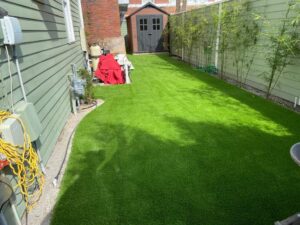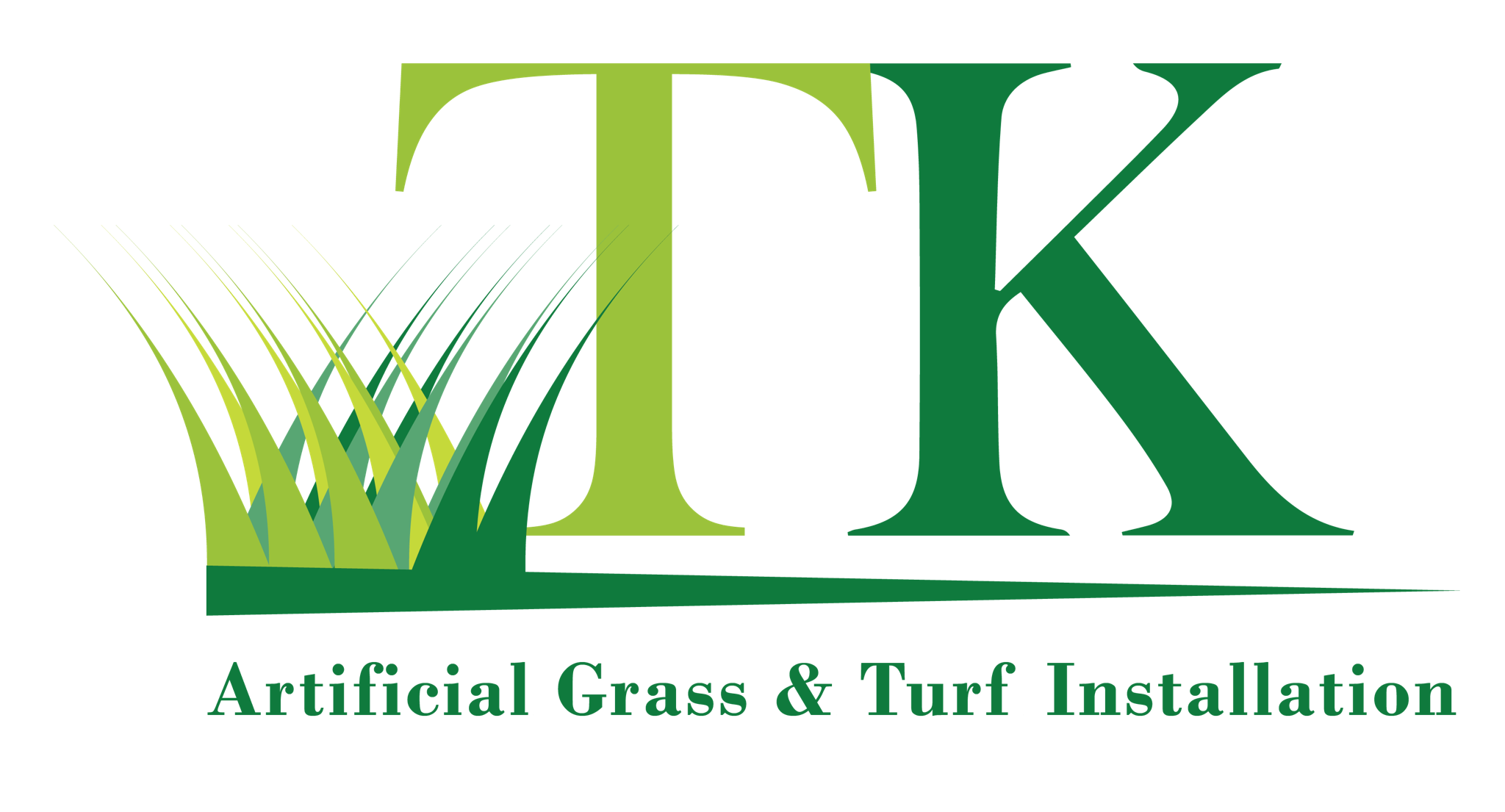In recent years, artificial turf has gained significant traction as a sustainable landscaping solution, offering numerous environmental benefits that extend beyond its aesthetic appeal. Let’s delve into the eco-friendly advantages that make artificial turf a compelling choice for environmentally-conscious individuals and communities.
Conservation of Water Resources: One of the most prominent environmental benefits of artificial turf is its ability to drastically reduce water consumption. Unlike natural grass lawns, which require regular watering to maintain lushness, artificial turf remains verdant year-round without the need for irrigation. By eliminating the need for watering, artificial turf helps conserve precious freshwater resources, particularly in regions prone to droughts or water scarcity.
Minimization of Chemical Usage: Traditional lawn maintenance often involves the use of pesticides, herbicides, and fertilizers to combat weeds, pests, and promote growth. However, the indiscriminate application of these chemicals can pose risks to human health and the environment through water runoff and soil contamination. Artificial turf eliminates the need for such chemical treatments, providing a safe and toxin-free outdoor environment for families, pets, and wildlife.
Reduction of Carbon Footprint: Artificial turf offers a sustainable alternative to natural grass lawns by reducing carbon emissions associated with lawn care activities. The maintenance of traditional lawns, including mowing, edging, and fertilizing, typically involves the use of gasoline-powered equipment that emits greenhouse gases and other pollutants. In contrast, artificial turf requires minimal upkeep, thus mitigating the environmental impact associated with lawn maintenance machinery.
Preservation of Natural Habitats: The installation of artificial turf helps preserve natural habitats by reducing the demand for land conversion and the depletion of ecosystems. Traditional lawns often require large swathes of land, leading to deforestation, habitat destruction, and loss of biodiversity. By opting for artificial turf, individuals contribute to the conservation of natural habitats and wildlife corridors, promoting ecological balance and sustainability.
Mitigation of Urban Heat Island Effect: Urban areas characterized by extensive concrete and asphalt surfaces experience elevated temperatures due to the absorption and retention of heat, known as the urban heat island effect. Natural grass lawns provide some cooling effect but require significant water resources for maintenance. Artificial turf offers a viable solution by reducing heat absorption and enhancing surface reflectivity, thereby mitigating the urban heat island effect and promoting cooler, more comfortable outdoor environments.
Conclusion: Synthetic turf emerges as a sustainable landscaping solution with multifaceted environmental benefits, ranging from water conservation and chemical reduction to carbon footprint mitigation and habitat preservation. By embracing artificial turf, individuals and communities can contribute to environmental stewardship while enjoying the beauty and functionality of a lush green landscape. Together, let’s pave the way towards a greener, more sustainable future with artificial turf.


Recent Comments